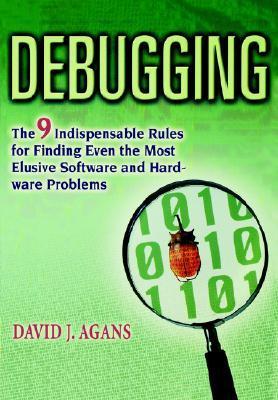What do you think?
Rate this book


192 pages, Paperback
First published September 23, 2002
"This book tells you how to find out what's wrong with stuff, quick. It's short and fun because it has to be -- if you're an engineer, you're too busy debugging to read anything more than the daily comics."